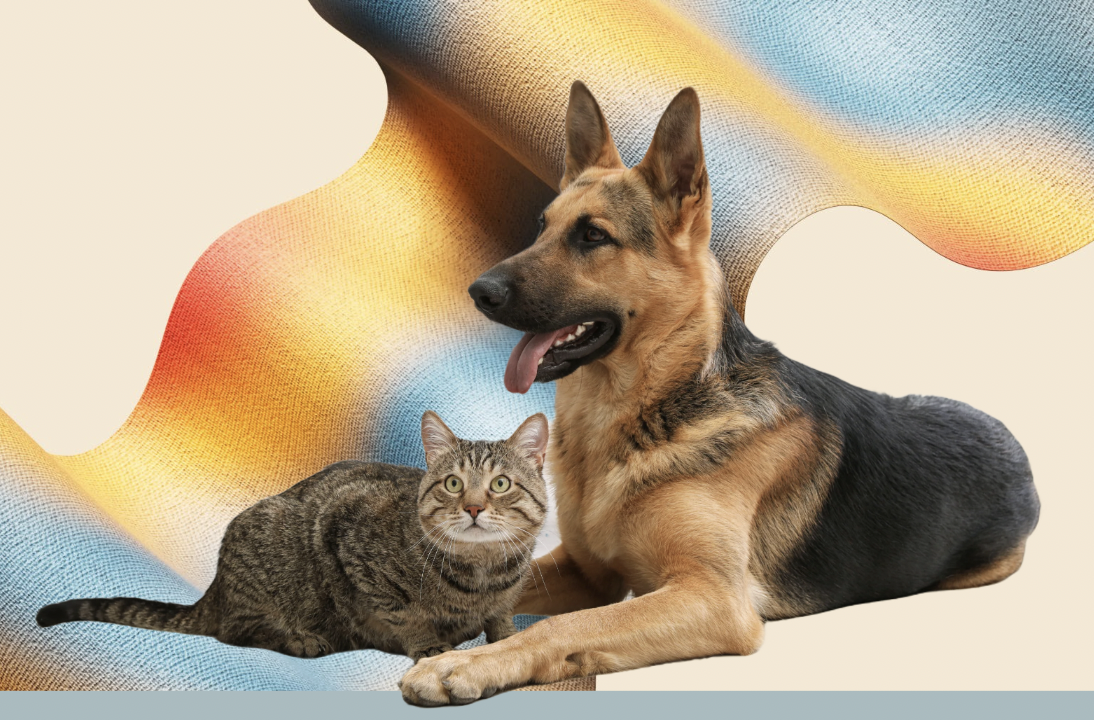Pets Category Discovery
Multi-method research to understand pet owner behaviors, pain points, and emotional drivers in daily routines

Problem & Context
The company was exploring expansion into the pet care category and needed to understand the landscape of pet owner needs, behaviors, and pain points. While market research provided high-level category insights, the product team lacked deep qualitative understanding of daily pet care routines and the emotional context surrounding pet ownership decisions. Grooming and feeding were identified as potential product opportunity areas, but there weren't sufficient insights into the contexts, workarounds, and unmet needs within these domains that could result in developing products that didn't address real user problems, or that duplicated existing solutions without meaningful differentiation.
My Role & Objectives
I worked alongside another UX Researcher to manage and lead the study under the guidance of our research manager who would be available to help and support if needed. We managed end-to-end research from the logistics of recruiting and scheduling participants, writing the research plan and scripts, and conducting in-home and in-office participant visits in order to:
- •Understand daily routines and rituals around pet feeding and grooming
- •Identify pain points, workarounds, and unmet needs in current solutions
- •Explore the emotional and practical factors that influence pet care product purchases
- •Map the ecosystem of products and services currently used by pet owners
- •Uncover opportunities for innovation in the pet care space
Research
Approach
Multi-method generative research study combining: remote interviews, in-home ethnographic observations, and focus groups with 3 segments of pet owners with varied ownership experience: dog owners, cat owners, mixed-pet households. The research was conducted in 2 phases: broad discovery (weeks 1-8) followed by deep-dive exploration of promising opportunity areas (weeks 9-12).
Methods
- •Unmoderated remote interviews (45 minutes each) exploring general pet care routines
- •In-home ethnographic interviews (2 hours each) observing feeding and grooming in context
- •Focus groups (6 participants each) exploring product preferences and purchase decisions
- •Photo diaries where participants documented their pet care routines over one week
- •Contextual inquiry during grooming and feeding times
Results
Key Findings
Feeding routines are highly ritualized and emotionally significant, with 78% of participants describing feeding time as 'bonding time' with their pets
"My pets gets so excited, it's honestly one of my favorite parts of the day." "I feel like it's not just feeding, it's bonding. It's our little moment together."
What this reveals
Feeding isn't seen as an upkeep, it's a moment of connection. Products that touch feeding also touch on this relationship, making clarity, consistency and emotional reassurances critical.
Grooming is viewed as a chore by 65% of participants, with mess and time commitment being the primary pain points
"My cat hates it. She gets so mean and wants to scratch me. I dread having to clip her nails." "It takes forever and hair gets everywhere"
What this reveals
Grooming tools that reduce conflict aren't just functional wins, they improve the emotional climate in the household. Solutions that reduce mess, time, or struggles can significantly improve the experience and reduce negative associations for both pets and owners.
Pet owners are willing to pay premium prices for products that save time or reduce stress, but are skeptical of 'smart' features that seem unnecessary
"I'll spend more for anything that saves time or makes things less stressful." "'Smart' is nice, but not when it's complicated for no reason."
What this reveals
Owners will pay more for simplicity and stress relief but are still wary of smart features, which were viewed with skepticism when they feel complicated or unnecessary for routine pet care. Innovation should focus on genuine value-add: automation, reminders, hands-free, or emotional reassurances.
Multi-pet households face unique challenges with feeding (food stealing, different dietary needs) that single-pet solutions don't address
"My dog steals my cat's food every single day. Literally every day. Sometimes I just can't keep an eye on them for every meal so he just always eats her food." "One pet eats fast, the other eats slow, we're constantly juggling cause then the fast one will start eating the slow one's food."
What this reveals
A one-size-fits-all feeding solution fails multi-pet households, which are becoming more common in U.S. households. Design opportunities lie in separation, timing, pacing, and mechanisms that proactively prevent conflict, not simply distribute food.
Guilt is a powerful emotion in pet care decisions - owners feel guilty about time away from pets and want products that help them be 'better pet parents'
"I feel guilty when I'm away too long, like when I'm traveling for vacation or for work or something." "I just want to be a better pet parent."
What this reveals
Guilt is a strong emotional driver in pet care decisions. Owners feel responsible for their pets' well-being and worry that time away and busy schedules make them bad owners. Products that reduce guilt would go beyond solving functional problems by supporting owners' identity as loving, responsible caregivers. Design should emphasize reassurance with: clear status, predictable routines, notifications, and emotional signals that help owners feel engaged and responsible.
Impact
The research informed the product roadmap for the next 18 months, leading to the development of a feeding product line: first an automated feeding system for single-pet households, then one with portion control for multi-pet households. The insights about emotional drivers also shaped the marketing messaging strategy, focusing on 'peace of mind' and 'being there for your pet' rather than technical features.
Interested in learning more?
I'd be happy to discuss this project in more detail or share additional case studies.
Get in Touch